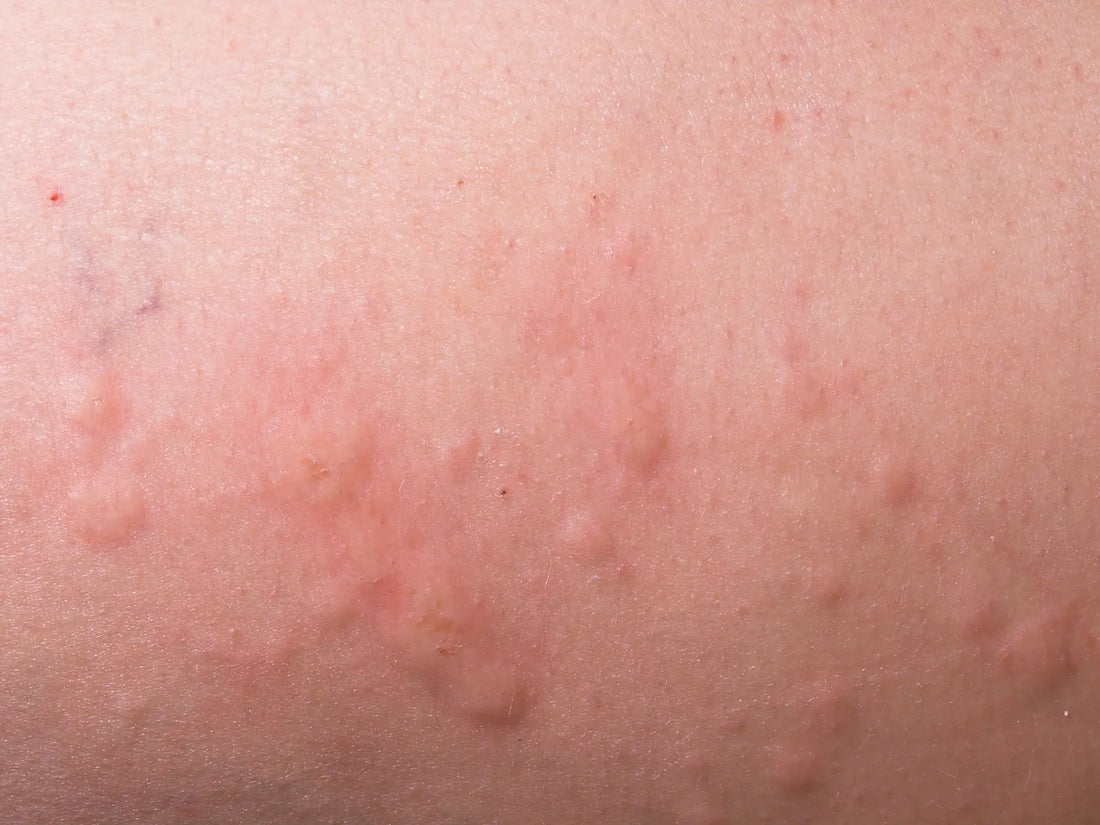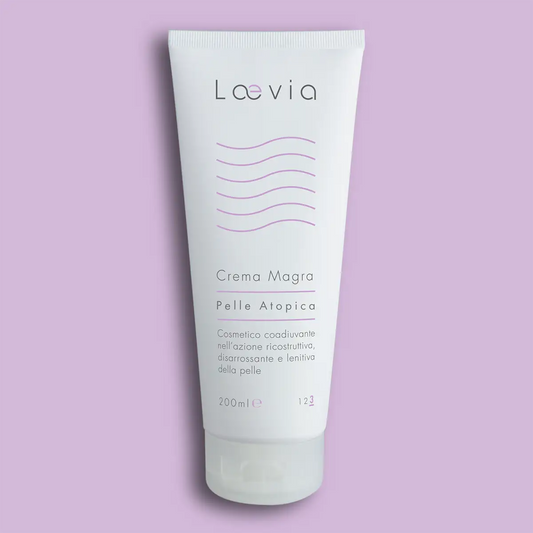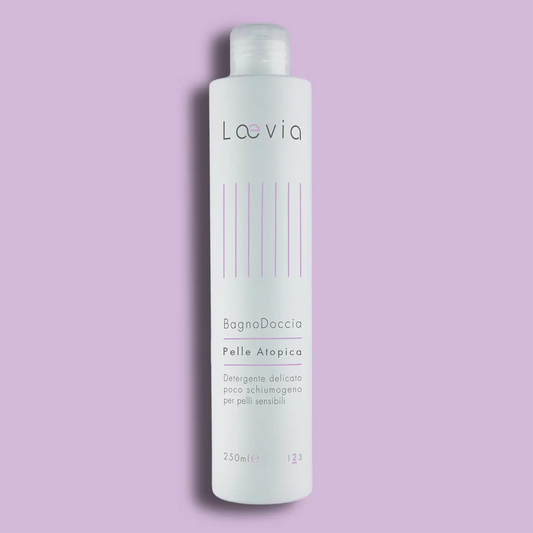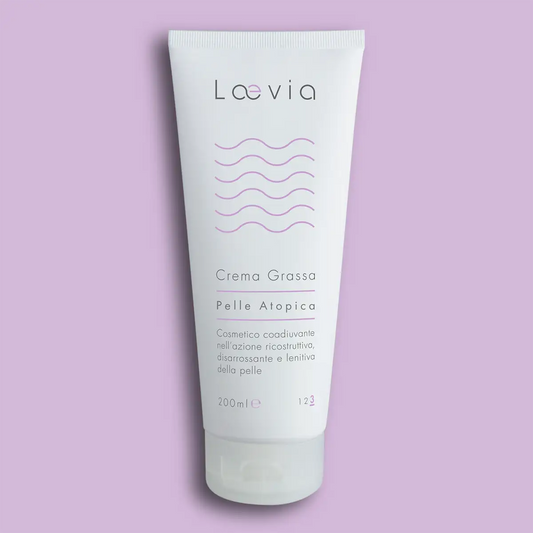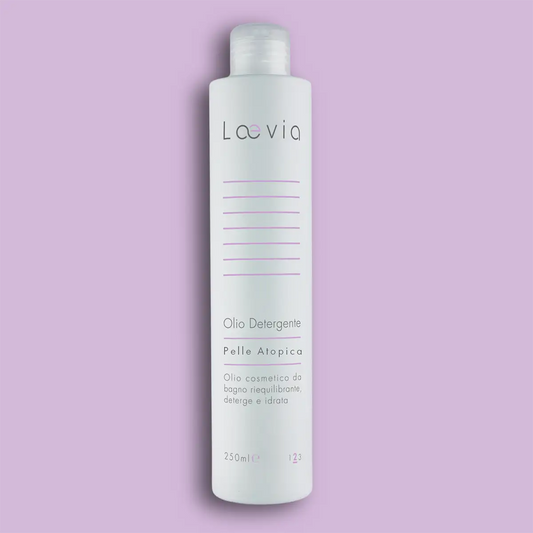Not just atopic dermatitis: eczema and urticaria
Itching and reddish patches? These are common symptoms of various skin diseases. Here's how to distinguish them.
Skin diseases, temporary or chronic, are never good company. And to the inexperienced eye they may even seem similar, with the risk of an incorrect approach, because in fact they often have some symptoms in common, such as itching and reddish or flaky patches. This can happen in the case of eczema and hives. The best thing to do is always to contact a specialist for the right diagnosis and necessary treatment, but some basic indications can still help to better identify the specific problem.
Eczema
If it had the faculty of speech, eczema would boast of its numerical importance. In fact, it includes between 30% and 50% of all dermatological problems that can affect adults and children regardless of age and gender. But that is not all.
It doesn't go unnoticed. Eczema loves to "show off", if only for the fact that it can be characterized by three well-defined periods:
- an acute phase in which violent inflammation reigns supreme with exudative lesions, but also possible erythema, edema, blisters, secretions
- a subacute phase in which the symptoms of inflammation become chronic and papules and papulovesicles develop
- finally the chronic phase during which the inflammatory processes attenuate and the surface of the skin becomes thicker and cracks
Love the whole body. The fertile environment of eczema is the entire skin of the body, almost without distinction. In fact, he becomes fond of the face, neck, armpits, groin, the creases of the elbows and knees, the hands and arms and in these locations he can choose to remain limited, in small spaces, limited and superficial lesions or to expand at will.
But where does it come from? Eczema is like a multi-lane highway because, although the final manifestation is common, and is the appearance of inflamed and itchy lesions, the disease can originate from at least three different sources:
- the most frequent cause is allergic, due to irritation towards foods and/or drugs, but there is also a contact reason, in which eczema arises after having handled substances that are dangerous for the skin such as paints, solvents, nail polishes, deodorants, chemical products of various kinds, dyes, shampoos, dyes, flours. In fact, it is no coincidence that those who are frequently affected by contact eczema are mainly painters, washerwomen, workers employed in the construction and textile sectors, pastry chefs, painters and bakers with a form even defined as "bakers eczema".
- then there is atopic eczema: it concerns approximately 15-16% of cases, and is a type of eczema in which the main component is genetic, immunological and environmental. In this form of eczema there is often a family history of allergic conditions, such as allergic asthma, allergic rhinoconjunctivitis, allergies to dust mites, milk or so on. Discovering the real cause could be complex, because most of the time several interacting factors are involved
- less frequent is seborrheic eczema (8% of cases) which generally presents in the first months of life with lesions that are generally located in the face, and tends to resolve spontaneously within the first two years of life
And what do we do now? The diagnosis is usually made with an allergy test with skin patches containing certain allergens which are applied to the skin for approximately 48 hours and which are useful in defining the allergic nature of eczema. For the atopic one, however, a personal anamnesis is used which gives indications regarding the possible familiarity with the disease and then specific blood tests are carried out, i.e. the dosage of immunoglobulin E, whose blood levels, more or less high, are associated to the severity of the pathology.
For each eczema its own cure. There are no one-size-fits-all treatments, but you need to choose the most appropriate one which only your doctor will recommend. In general, systemic or local therapies are indicated in contact eczema which aim to reduce the symptoms, especially itching, and accelerate the end of the disease; seborrheic eczema is treated with preparations based on vegetable tar and salicylic acid; dyshidrotic eczema may require barrier creams and topical steroids, even accompanied by antibiotics to sedate the infectious component. There is no cure for atopic eczema, but a fundamental element of treatment consists in the sedation of itching, for which antihistamines may be prescribed. Finally, the importance of good skin hydration to control dryness, reduce itching and the onset of new lesions should not be forgotten. Whatever the eczema, it is essential to use non-aggressive cleansers and moisturizing creams. Products free from parabens, SLS, SLES, alcohol, perfumes, petroleum derivatives and artificial preservatives should be sought. Another fundamental element is that they do not contain traces of nickel (nickel tested).

Urticaria
Compared to eczema, urticaria has two characteristics that make it original:
- the fact that it appears suddenly
- the fact that it immediately manifests itself in a "voluminous" way: raised wheals appear on the skin, in the area affected by urticaria, sometimes pale and pink and other times red and itchy. They can appear anywhere on the body, including the face, lips, tongue, throat, ears, with rashes ranging in size from the size of a pencil eraser to a plate
The different types of urticaria. Urticaria can be recognized in different forms:
- acute urticaria: lasts less than six weeks and mostly occurs after eating nuts, chocolate, fish, tomatoes, eggs, fresh berries and milk or foods containing additives and preservatives. It can also be triggered by certain types of medications such as aspirin, ibuprofen, codeine etc. Finally, there are forms of contact urticaria in which the skin reacts to certain substances with which it comes into contact. One of the most frequent cases is that of latex gloves
- chronic urticaria: lasts more than six weeks and can involve, in addition to the skin, other internal organs, such as the lungs, muscles and digestive tract. It can also be recognized by muscle pain, shortness of breath, vomiting and diarrhea. This reaction is almost never linked to a food or a substance: it is the organism that, in the presence of specific allergens, responds with the production of antibodies against its own immunoglobulins E (IgE). It can also be urticaria secondary to other pathologies (some forms of hepatitis, Crohn's disease, ulcerative colitis, etc.)
- physical urticaria: the skin in this case reacts to cold, heat, exposure to the sun, vibrations, pressure, sweating and physical exercise with rapid eruptive outbreaks, which usually last a few hours and imitate to limited areas
- dermographism: occurs after persistently scratching or rubbing the skin. It can also occur at the same time as other forms of urticaria
Touch and run. In most cases, urticaria appears in a mild form, and only in some cases can the body develop an important, serious, sudden reaction, with a real anaphylactic shock a few minutes after exposure to the toxic agent. And, just as it comes quickly, the hives disappear just as quickly; in fact, especially in the acute forms, which are also the most frequent, the lesions last from a few days up to, as a rule, a maximum of six weeks and then never return. Chronic forms, i.e. long-lasting, are rather rare, the underlying causes of which are not yet fully known.
How do I find you. There are no specific tests to diagnose urticaria but the doctor or dermatologist will be able to understand it from personal and family history and from a specialist visit. In some cases, skin tests can be performed to detect a possible allergy to substances or with a blood test the presence of an ongoing infection or disease can be determined which can give rise to the development of hives.
How I treat you. The answer is unequivocal, that is, in whatever form the urticaria presents itself, it should be treated with an ad hoc therapy only when necessary. In fact, in most cases the urticaria resolves spontaneously within a few days. Urticaria in practice. There are some simple practical remedies to manage hives. It can be useful:
- apply cold compresses to the skin prone to the rash
- work and sleep in cool environments
- wear light, comfortable clothes that do not rub the skin

